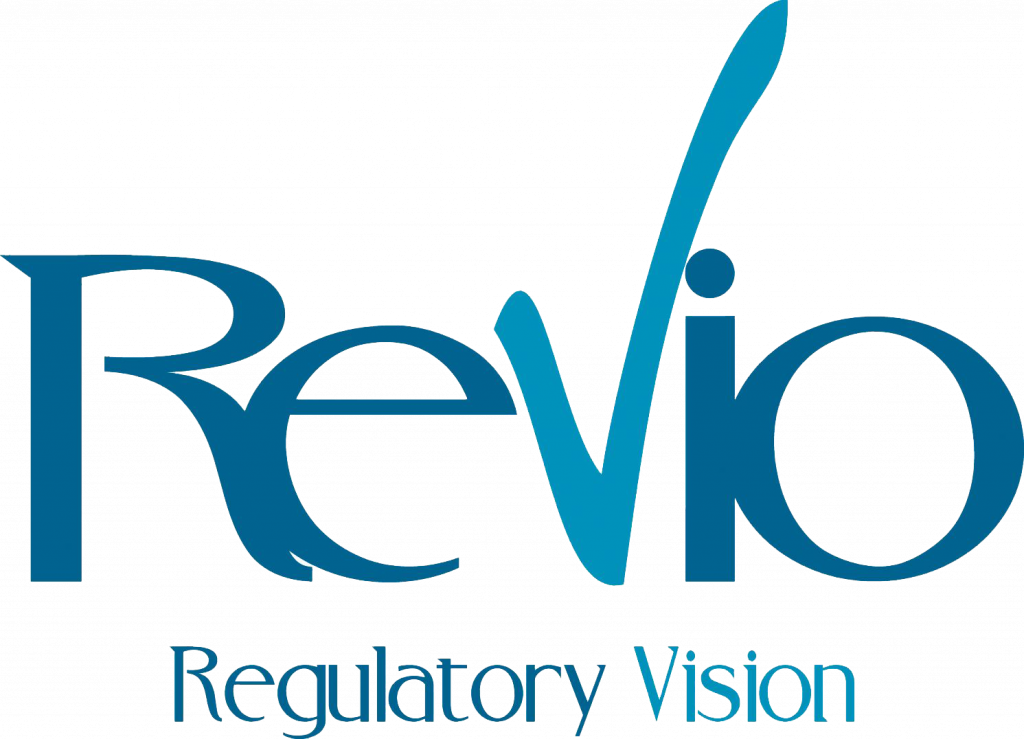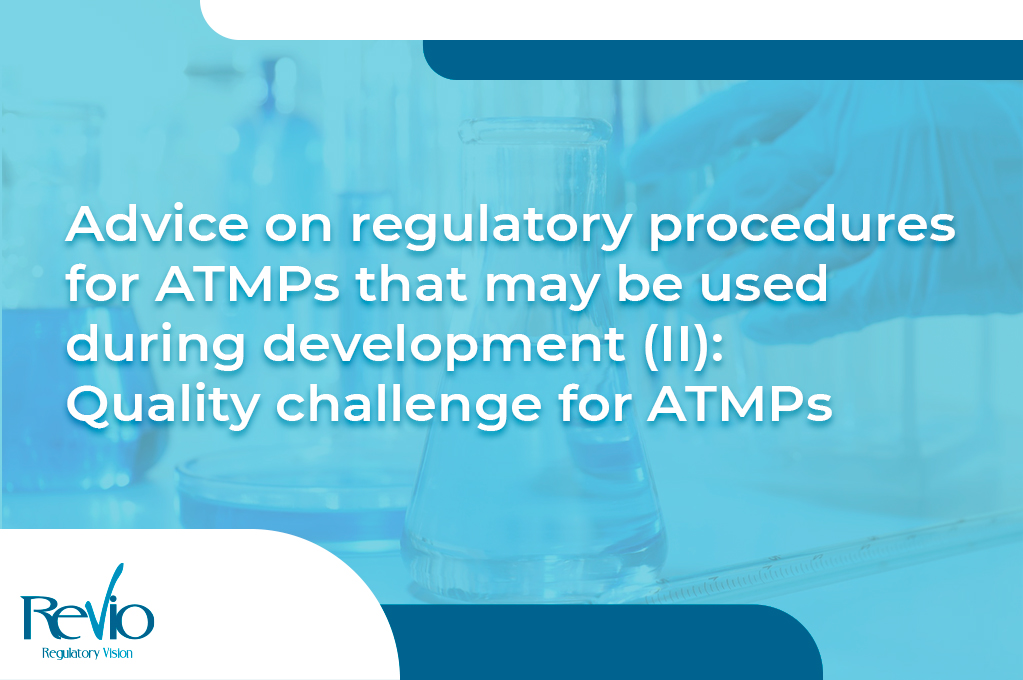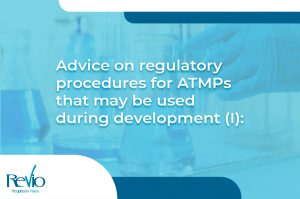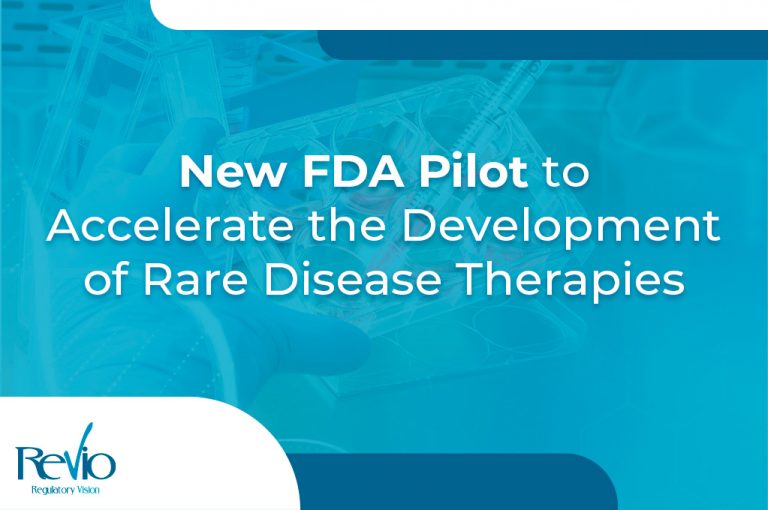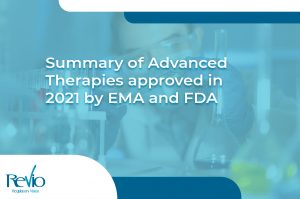Developers of Advanced Therapy Medicinal Products (ATMPs) need to be aware of the legislation that is applicable to different stages of the process.
In addition, the European Commission published in 2017 a set of Good Manufacturing Practice (GMP) guidelines specific to ATMPs. These guidelines adapt the EU GMP requirements to the specific characteristics of ATMPs. Likewise, they address the novel and complex manufacturing scenarios utilised for these products. Furthermore, they foster a risk-based approach to the manufacture and testing of such products.
The following are the main quality aspects to take into consideration for ATMPs:
Quality challenges:
-
- Starting raw materials; continuity of material supply.
- Donation, procurement and testing according to Dir. 2004/23/EC (2006/86/EC).
- Immature production technologies/upscale manufacturing from early phase to Marketing Authorisation and Comparability.
- GMP requirements for production and GMP for ATMPs.
- Variability and process validation.
- Characterisation, potency testing (related to clinical outcome).
- Viral safety and Traceability.
- Starting raw materials; continuity of material supply.
When comparability is needed?
-
- Use of “early development batches” for non-clinical analyses. Use clinical batches when significant changes have been implemented.
- Change in manufacturing process during clinical evaluation.
- Manufacturing process upscaling.
- Change in manufacturing sites, change in analytical procedures.
Potency is a key parameter for complex products which are difficult to characterise
A combination of multiple methods may be needed to adequately define the potency of these products during the development. In fact, certain assays may be needed to control process changes, whereas others are more suitable for release testing. Developers should also carefully consider potency testing for characterization / comparability and release. Additionally, it is preferable that the potency assay reflects the clinical Mechanism of Action (MoA).
ATMPs potency issues
-
- Assay qualitative instead of quantitative
- MoA unknown (consequence: e.g. no surrogate markers available)
- Sometimes in vitro assay does not correlate with in vivo situation. Assay conditions are insufficient.
- Surrogate markers etc. are not appropriate read-out for biological activity.
- Reference standard difficult to obtain.
- Not up-to-date with most recent scientific knowledge.
- Assay does not reflect all relevant biological properties.
- Assay is not specific enough.
This is some of the information you need to know if you are interested in procedures for ATMPs. Nevertheless, we have launched a dedicated webpage to bring you the latest updates, guidance and developments. You can also follow us on LinkedIn.
We hope you find this useful and of interest, and if you would like to discuss any of these updates with the team at REVIO, please get in touch.
If you want to know more, check out the guideline HERE!
